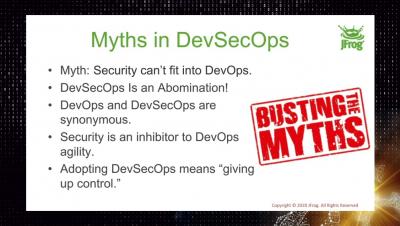Red Teaming: How to Run Effective Cyber-Drills?
What is red teaming? How is it different from conventional penetration testing? Why do we need blue, red, and white teams? How are cyber-drills carried out, and what results should be expected? In this article, we will answer these and other questions related to red teaming.










